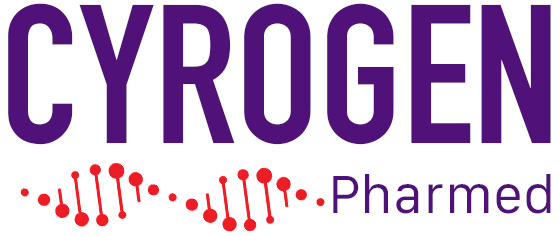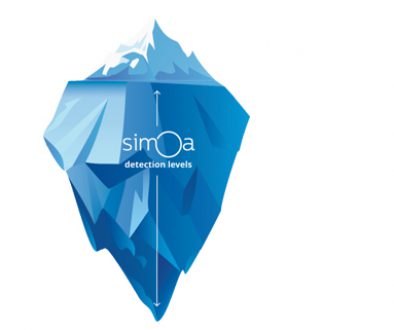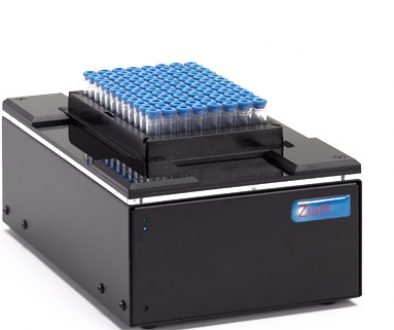Virtual Screening Techniques in Drug Discovery

Drug discovery in the pharmaceutical industry is hindered by the huge costs involved in searching for new therapeutics. It is estimated that a new drug costs an average of $2.6 billion to develop, with much of that money wasted on researching candidate drugs that fail to get approved past phase I trials.
What is virtual screening?
Virtual screening (VS) is a computational technique that is being implemented by pharmaceutical companies to improve their research and design phase. VS automatically searches through libraries of molecules and selects those that have structures considered to be most likely to effectively bind to a therapeutic target, such as a protein receptor or an enzyme.
VS is one of the numerous emerging strategies pharmaceutical companies are exploring to streamline their drug discovery processes. Over recent years, VS has demonstrated its efficacy as a strategy for effectively identifying bioactive molecules and presents the pharmaceutical industry with the potential to drastically speed up the drug discovery phase.
There are two main strategies implemented by VS, ligand-based screening techniques and structure-based screening techniques.




